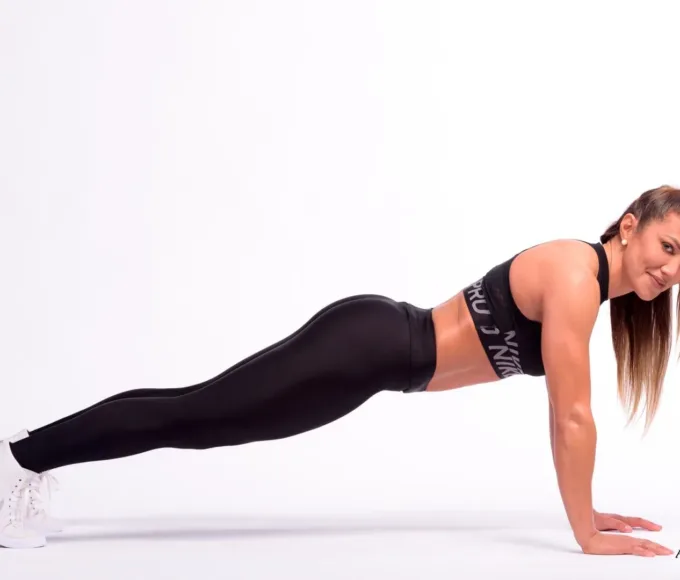
Recovery and resumption of exercise program after cesarean delivery: When and how?
When is it recommended to resume an exercise program after a cesarean delivery? This is a question I have been asked more frequently lately, and my usual response is to ask another question: why do you want to start an exercise program, and what is the purpose behind it?
Restoring the body after childbirth
If your goal is to return to your pre-pregnancy shape as quickly as possible, there are several factors to consider. The body needs 3-9 months for recovery after childbirth, which includes the return of internal organs to their normal position, the correct repositioning of the abdominal muscles, ribs, and pelvic bones, as well as hormonal regulation. Breastfeeding is another factor to take into account. If a mother breastfeeds for an extended period, these recovery processes may take longer.
Essential factors for weight loss after childbirth
Weight loss varies from woman to woman and, in some cases, from one pregnancy to another. When discussing postnatal weight loss, nutrition, rest, and physical activity are essential factors that support the body during the recovery period.
The role of movement in postnatal recovery
Given that my specialty is movement, I will provide details on how we can support the body through exercise. In practice, we begin our exercise program immediately after giving birth. If you delivered via cesarean section, after receiving approval from your doctor, the first step is to be able to “leave” the bed and move around, which speeds up and promotes a healthier recovery process.

Recommendations for the beginning of movement after cesarean birth
Once you are home with your baby, I recommend getting as much rest as possible, and during the awake hours, take short walks, preferably outdoors. These walks will be beneficial for both you and the newborn.
Recommended exercises for strengthening the transverse muscles
Around 2-3 weeks after delivery, you can start doing exercises for the transverse muscle:
– From a standing position on your hands and knees, relax your abdomen on the inhale and try to bring your navel close to the spine on the exhale.
Adding plank hold exercises
After another 2-3 weeks of practicing this exercise, you can add and maintain the plank position. Start with 10 seconds and gradually increase it up to 1 minute.
– Assume a prone position.
– Bend your elbows at a 90-degree angle and place your body weight on your forearms.
– Keep your body in a straight line and focus your gaze on the mat.
The right time for classic abdominal exercises
These two exercises will help you reduce the swollen belly. We can start with traditional abdominal exercises only when the rectus abdominal muscles return to their natural position. This generally occurs within six months after childbirth.
The gentle and restorative movement of yoga
A highly beneficial form of exercise after giving birth is restorative yoga, which helps the body readjust to its natural state. It is a gentle form of movement that has the potential to calm the mind of a new mother.
Other forms of movement recommended
Pilates, Yoga, and Aqua Gym are recommended forms of exercise for mothers with babies up to one year old.
During the first year after childbirth, especially if breastfeeding, a woman’s body undergoes hormonal recovery. Additionally, around the age of one, the baby’s sleep patterns become regulated, allowing the mother to have more hours of rest. Exercise is beneficial; however, it should be done without disregarding the current needs of the body, and excessive exercise can do more harm than good.
I recommend starting intense exercise programs after the child reaches one year of age or after breastfeeding is discontinued. The weight gained during pregnancy will not disappear overnight, especially when considering a postoperative recovery. This is a natural recovery process that cannot be rushed; on the contrary, it needs to be embraced and accepted as such.
Gloria Hristina Tone
" Gloria era în ultimul an de facultate când a intrat prima data într-un cabinet de kinetoterapie, unde activitatea principala era gimnastica pentru gravide. Acolo a început calatoria ei în acest domeniu. Dupa ce stagiul de practica a luat sfârsit, Gloria a pus în aplicare cunostiintele dobândite lucrând cu femei însarcinate. La început a facut doar gimnastica, însa pe parcursul anilor a aprofundat acest domeniu. În 2011 a urmat cursul de doula, apoi în 2012 cel de yoga pentru gravide. În 2010 a început formarea în NLP Rezonanz care i-a deschis o lume noua catre sufletul sau. Asa a introdus în munca sa cu femeile însarcinate conectarea dintre minte si corp si conectarea mamelor cu bebelusul din burtica. Formarea în Remedii Florale Bach a adus în practica ei un alt element prin care a putut ajuta mamicile în devenire sa faca fata multitudinii de emotii, pe care sarcina le scoate la suprafata. În Septembrie 2015 Gloria a devenit ea însasi mamica, iar aceasta experienta i-a largit foarte mult orizontul si modul de abordare al sarcinii si mai ales a perioadei imediat urmatoare. În prezent Gloria preda clase de yoga pentru gravide, mame si bebelusi, copii si adulti, ofera sedinte de coaching unde îmbina tehnici NLP, ThetaHealing, Arterapie si Remedii Florale Bach. De asemenea sustine clase de yoga la Stejarii Country Club. "Felul în care îmi traiesc viata: privesc tot timpul partea buna a experientelor, sunt recunoscatoare zi de zi pentru ceea ce am si ma folosesc zilnic de tot ce am învatat pâna acum, pentru a face fata provocarilor pe care viata mi le aduce în cale." "
Recent Posts
Related Articles
CrossFit exercises practiced outdoors or at home
Concentration and discipline are indispensable for succeeding in any training program, regardless...
July 27, 2023Health guide for “ageless” women
Discover the Benefits of Physical Exercise and the Best Types of Training...
July 27, 2023Home-Based Pregnancy Workout in Comfort
The Benefits of Prenatal Home Workout The way we interact with people...
July 10, 2023Supplementation with Vitamins and Minerals
Essential nutrients for the body The macronutrients and micronutrients are essential for...
July 10, 2023
























Leave a comment